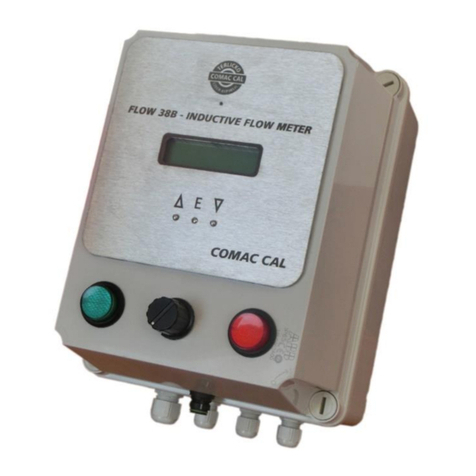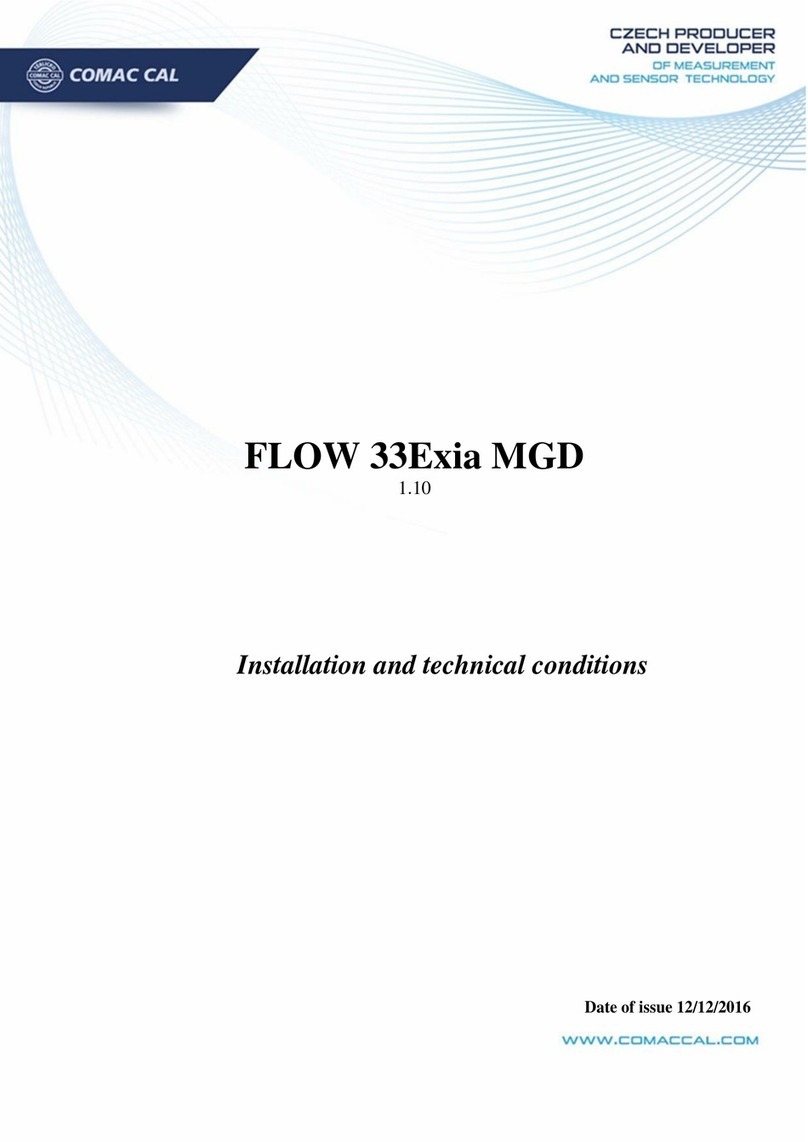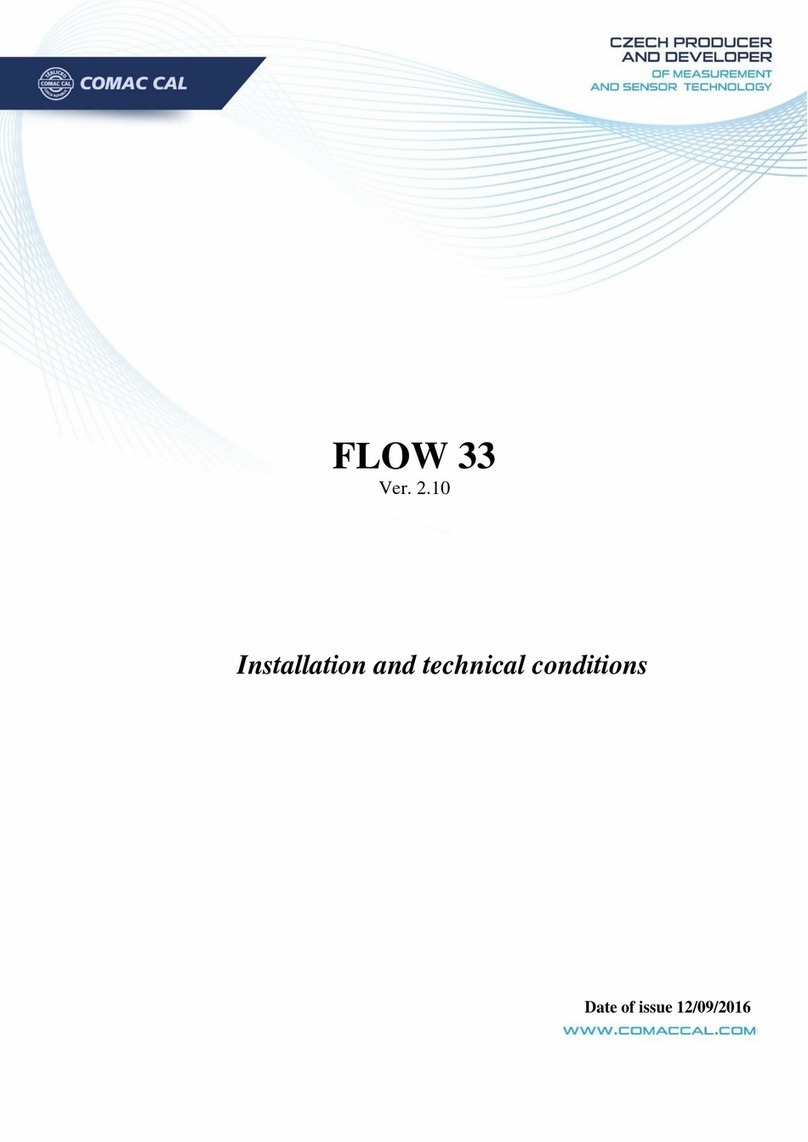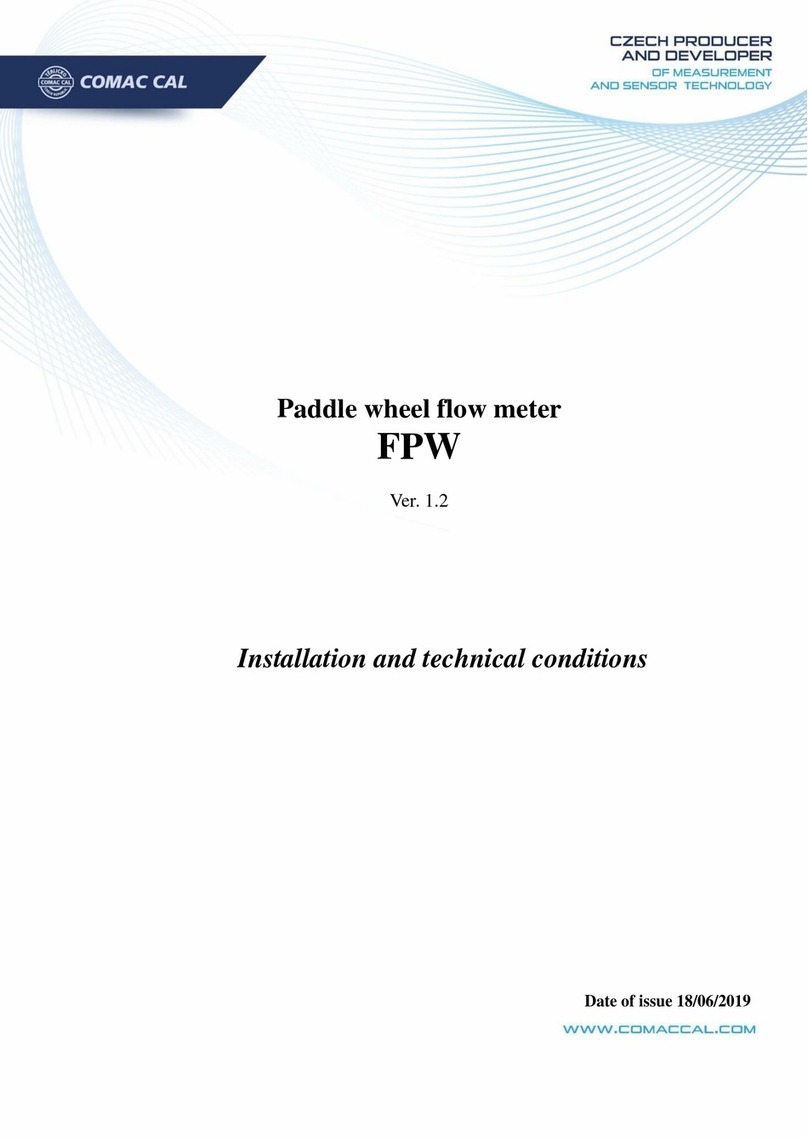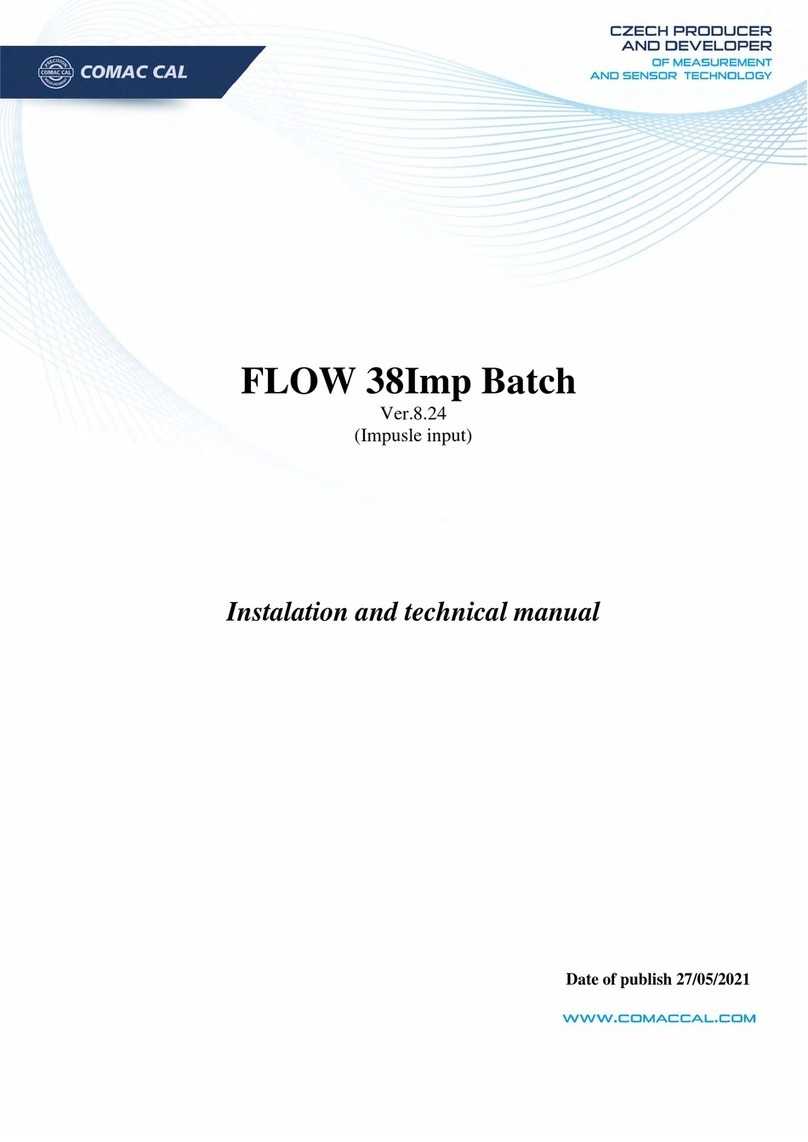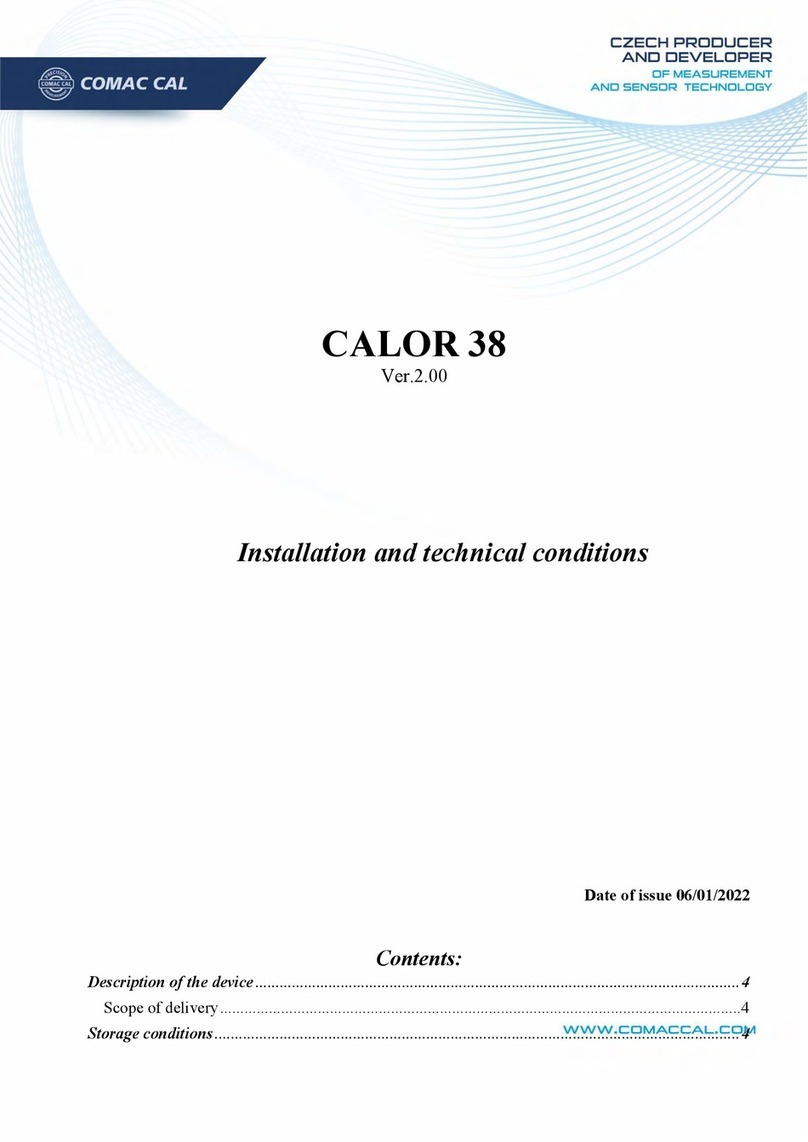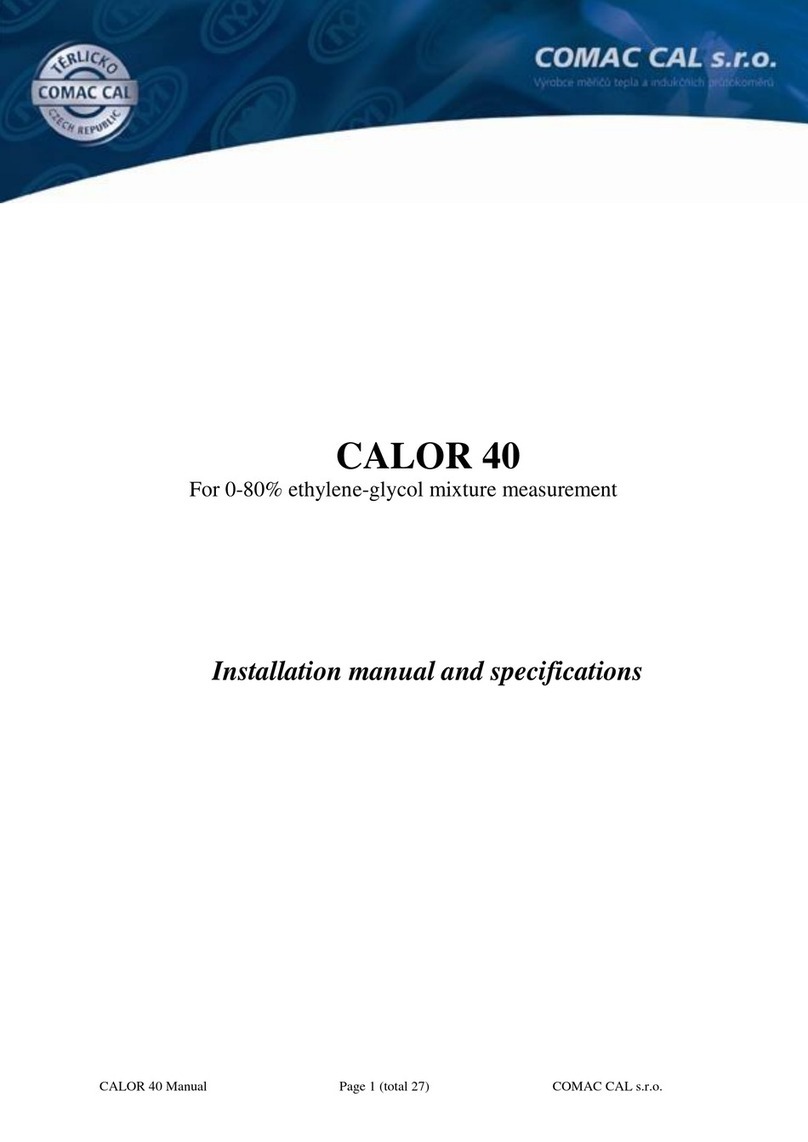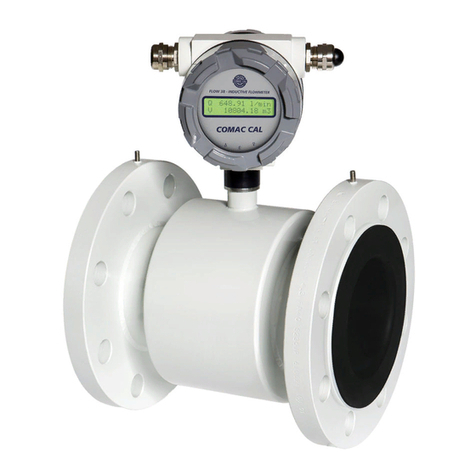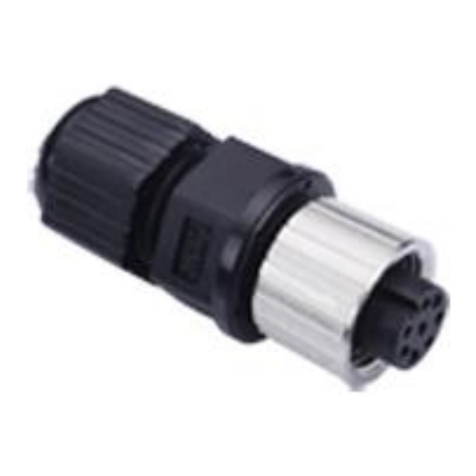
Technical and instalation
manual FLOW 38 Batch Page 3 (of 49) COMAC CAL s.r.o.
Controlling of the batching valve.....................................................................................................23
Data output.......................................................................................................................................23
Protection degree..............................................................................................................................23
Replacement of tube fuse in the meter.............................................................................................23
Wiring check ....................................................................................................................................24
Putting into operation........................................................................................................................24
Meter status ......................................................................................................................................25
Basic parameter settings...................................................................................................................25
Safety rules for operator...................................................................................................................25
Flow 38 Batch operating instructions...............................................................................................25
Functions of control (lower) buttons:...............................................................................................25
Function of setting buttons ( under display).....................................................................................26
Basic display menu contains the following items:...........................................................................27
Meter settings via the display............................................................................................................27
Flow meter settings ..........................................................................................................................28
Date and time....................................................................................................................................29
Operation time counter.....................................................................................................................29
Power loss counter............................................................................................................................29
OUT1 setting....................................................................................................................................30
Impulse output..............................................................................................................................30
Flow switch operation..................................................................................................................30
Settings of dose range.......................................................................................................................32
Communication................................................................................................................................32
Idle state basic indications on display..............................................................................................33
Flow rate damping............................................................................................................................33
Display backlight..............................................................................................................................33
Serial number ...................................................................................................................................34
Calibration constants........................................................................................................................34
Empty tube test.................................................................................................................................34
Firmware version..............................................................................................................................34
Dead band – measurement of start suppression ...............................................................................35
Zero calibration ................................................................................................................................35
Flow simulation................................................................................................................................35
Language..........................................................................................................................................36
Counter resetting ..............................................................................................................................36
Nominal diameter (DN)....................................................................................................................36
Flow direction...................................................................................................................................36

